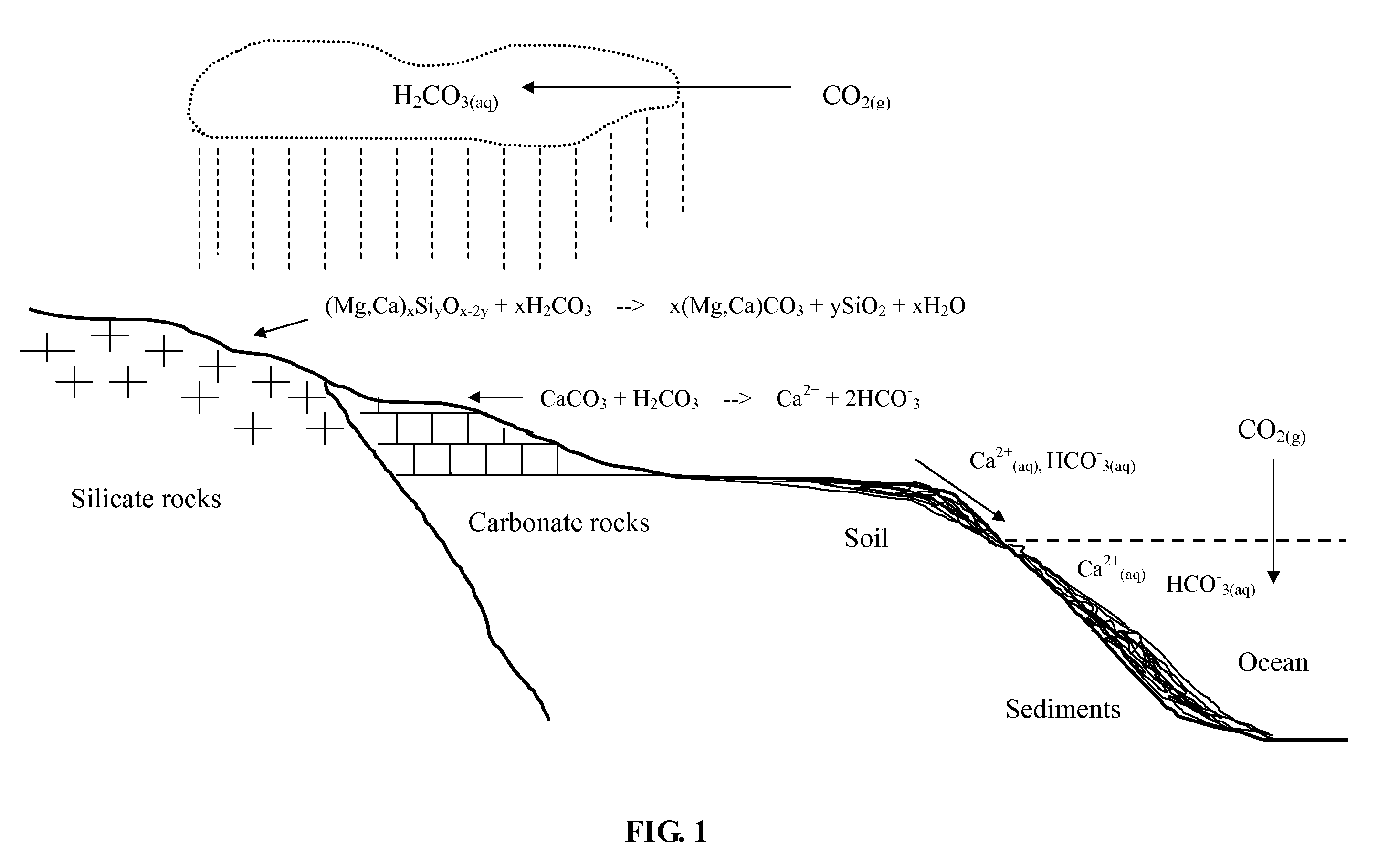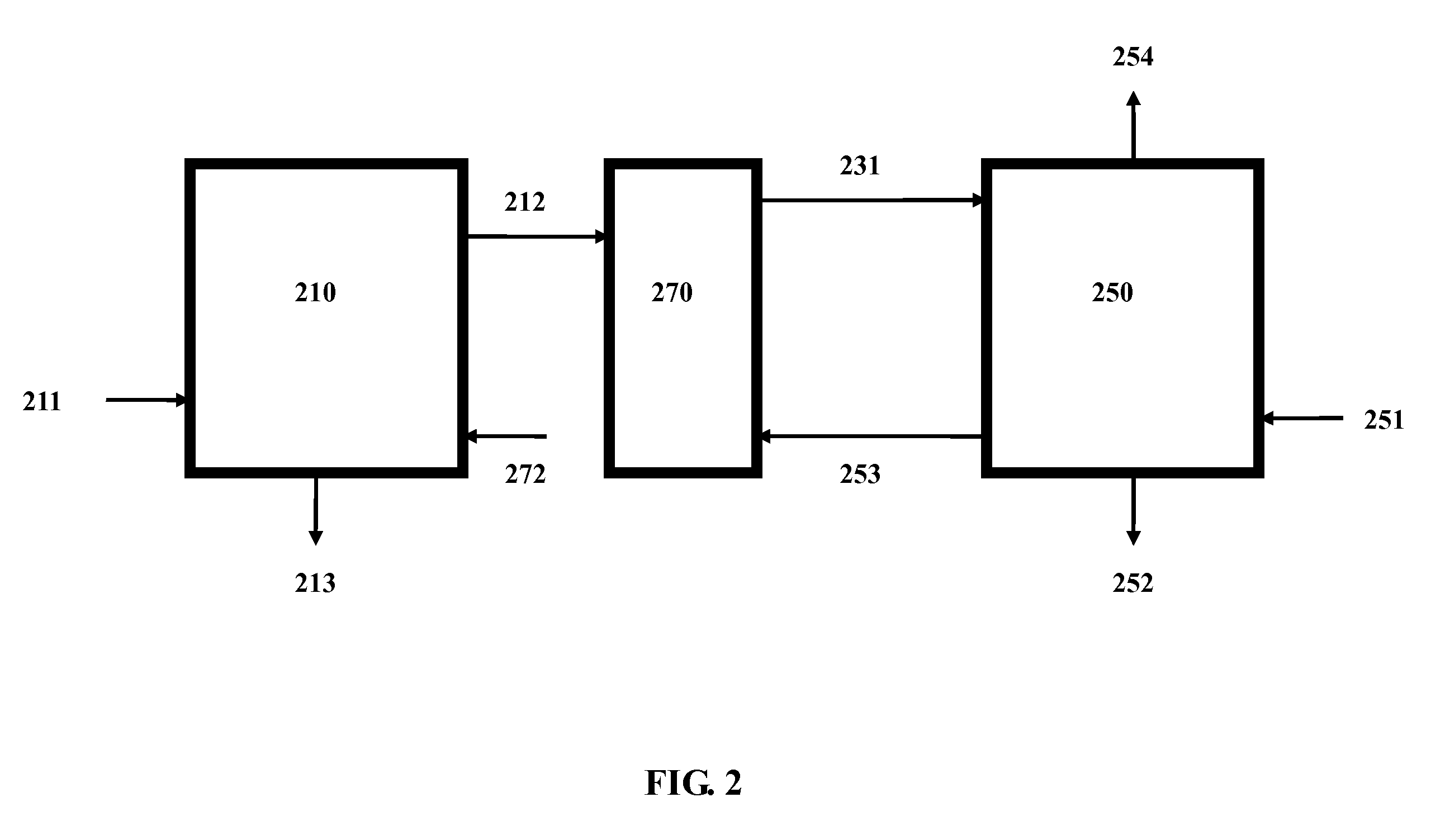Method for Sequestering Carbon Dioxide
a carbon dioxide and carbon dioxide technology, applied in the field of sequestering carbon dioxide, can solve the problems of insufficient practicality, environmental protection, cost-effectiveness and environmental protection for full scale implementation of various techniques, and achieve the effects of reducing the cost of process operation, and reducing the risk of carbon dioxide leakag
- Summary
- Abstract
- Description
- Claims
- Application Information
AI Technical Summary
Benefits of technology
Problems solved by technology
Method used
Image
Examples
example
Example 1
Applying the Present Invention to Sequester CO2 from Flue Gas of a 500 MW Coal Combustion Power Plant
According to International Energy Agency (IEA), coal provides 26.5% of global primary energy needs and generates 41.5% of the world's electricity. Coal combustion has been the most important source of anthropogenic CO2 emission to the atmosphere. A typical flue gas of a coal combustion power plant without a desulfurization system and baghouse is hot (above 100° C.) and contains about 12-14 v % (volume percent) of CO2, 13 v % of water vapor, 3 v % of O2, 70-72 v % of N2, and minor quantities of SO2 (up to 2,000 ppmv), SO3, NOx (up to 200 ppmv), HCl and particulate matter.
In accordance with a preferred embodiment of the present invention, the hot flue gas is cooled to below about 60° C. using a cold and basic aqueous solution prior to CO2 sequestration. Most of the strong acidic gases and particulate matter are removed. The cooled flue gas is reacted directly with a basic ammo...
PUM
| Property | Measurement | Unit |
|---|---|---|
| Temperature | aaaaa | aaaaa |
| Temperature | aaaaa | aaaaa |
| Temperature | aaaaa | aaaaa |
Abstract
Description
Claims
Application Information
 Login to View More
Login to View More - R&D
- Intellectual Property
- Life Sciences
- Materials
- Tech Scout
- Unparalleled Data Quality
- Higher Quality Content
- 60% Fewer Hallucinations
Browse by: Latest US Patents, China's latest patents, Technical Efficacy Thesaurus, Application Domain, Technology Topic, Popular Technical Reports.
© 2025 PatSnap. All rights reserved.Legal|Privacy policy|Modern Slavery Act Transparency Statement|Sitemap|About US| Contact US: help@patsnap.com



